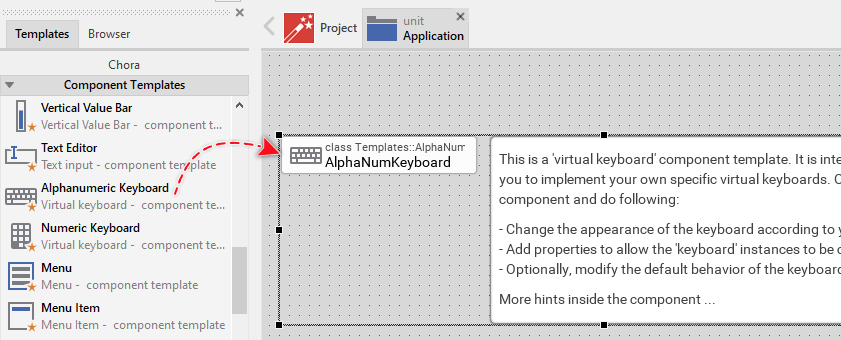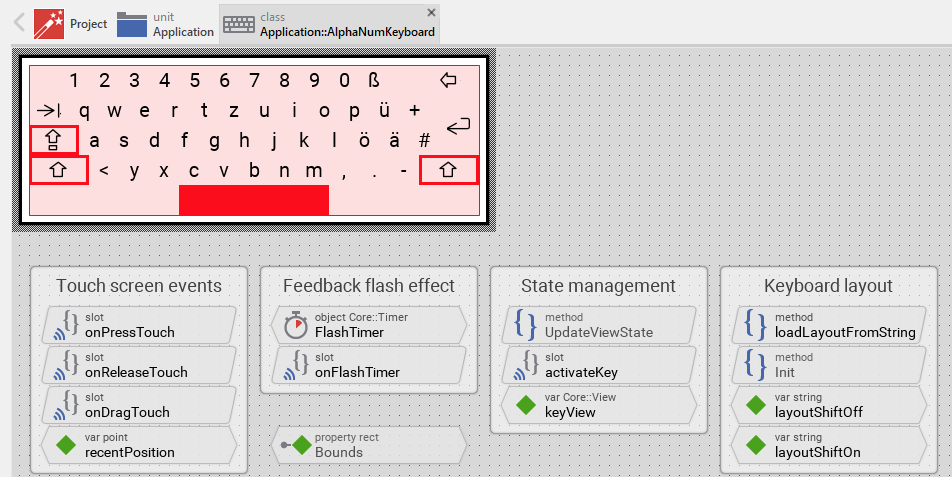Hello JK,
I suppose, you observe this behaviour during Prototyping when you tap the screen very quickly. If yes, this is caused by a delay when code is compiled for the first time. Just in the moment when you tap the screen for the first time, the functionality responsible for processing the event is compiled by Embedded Wizard own Prototyping environment. This defers the execution. If you tap the screen very quickly then it is not sufficient long time to give a visual feedback to the user (to highlight the key). Next time when you tap the screen, the code is already prepared for execution without any delay. Try following: press a key for some longer time. Does the key appear highlighted now?
During runtime in the target system, there is no compilation and no delay in execution. Consequently, there should not by any difference between the first and a consecutive tap. Nevertheless, when the user taps the screen very quickly then the application has not enough time to update the screen. The visual feedback is not seen. This is because the used example is implemented in this simple manner without taking in account the possibility that the user taps the screen very quickly.
What can you do?
If you want to add a virtual keyboard to your project, I would recommend you to use one the component templates instead of the example. The following figure demonstrates how you add new Alphanumeric Keyboard to your project. Please note also the documentation: Creating components from templates.

Unlike the keyboard used in the example, this component template contains a timer to flash the key even if the user taped it very quickly. Thanks to the inline documentation the template is also better suitable for own adaptations:

I hope it solves the issue.
Best regards
Paul Banach